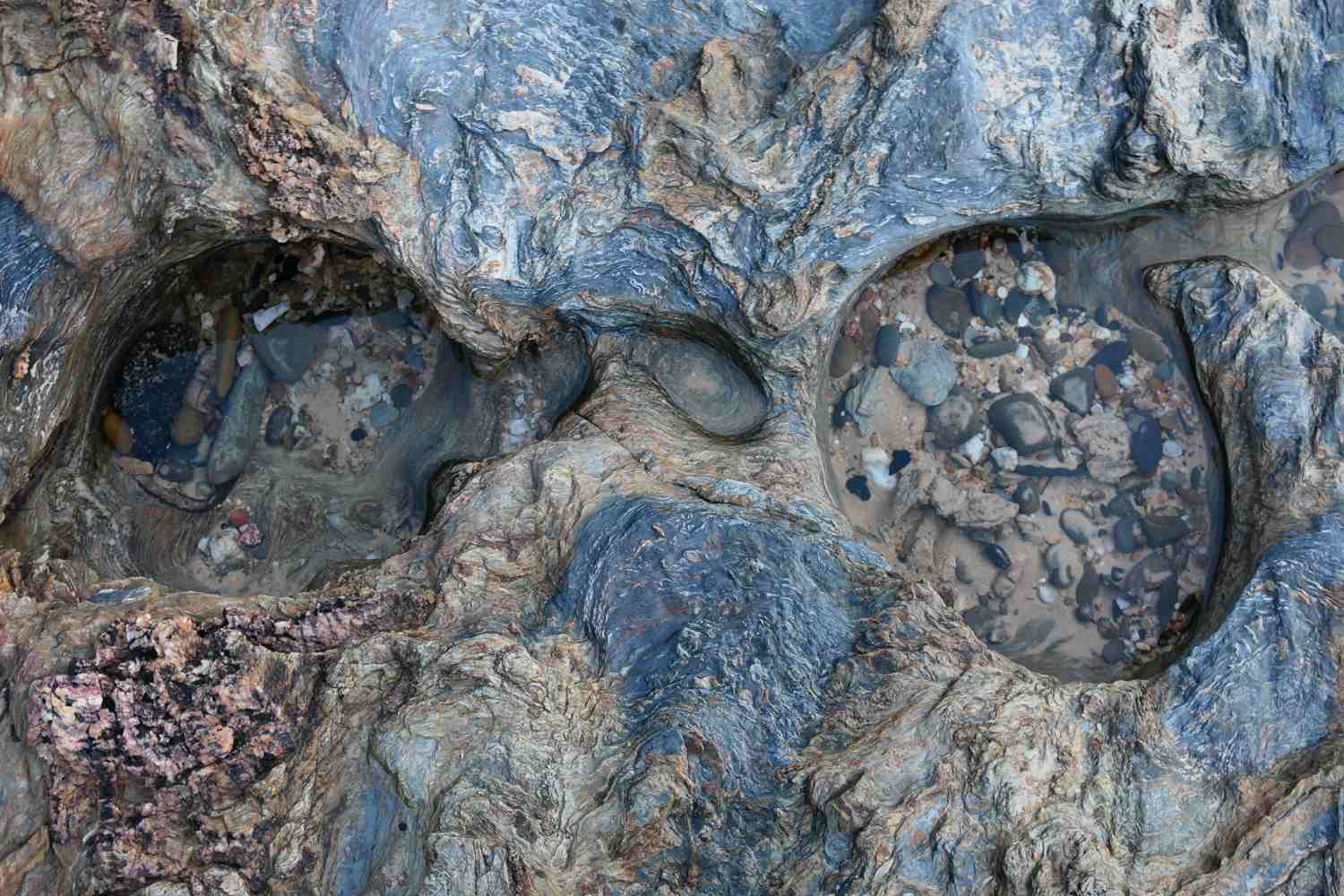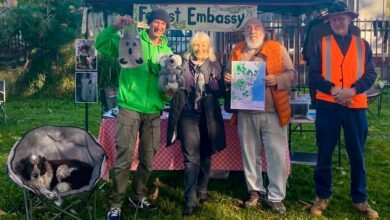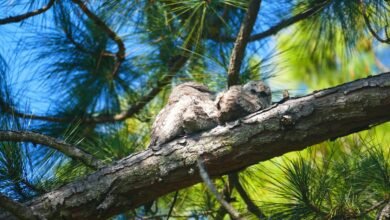May 27, VIRUS 2020
How Hong Kong avoided a single coronavirus death in care homes. The Independent[1]
Doomscolling for obsessively reading the news . . . zumping being dumped by zoom . . . Coronaverse, coronanoia, coronadodge, coronashaming. Australian Book Review [2]
Biennale of Sydney to resume Museum of Contemporary Art (MCA) Australia in June. Art Forum
NSW minister accused of funding ‘rort’ says ‘arty types’ don’t always know best. ABC Arts Mid North Coast
Bellingen Readers & Writers Festival reborn. Bellingen Courier Sun
The stars shine depending how you look at them, as dreams from an ancestral past, ready to guide you if only you could read; as cousins of our very own sun waking up in half an hour; or a future catastrophe, predicting a supernova the blinding explosion of a star. I look across working on a map, model or a composition of a brand-new composition.
 Poised on a margin between night and day, a portal between pitch black and not light – a world of shapes. Trees are knotted, undefined, the first birds are silhouettes, unidentifiable unless they call– the sea and sky undifferentiated, the world as one.
Poised on a margin between night and day, a portal between pitch black and not light – a world of shapes. Trees are knotted, undefined, the first birds are silhouettes, unidentifiable unless they call– the sea and sky undifferentiated, the world as one. The blood streaked horizon eclipses ferment.
The blood streaked horizon eclipses ferment.
 Red-hot wires edge the river split after the large swells, now circling the sand island and filling the lagoon, linoleum, smooth. The use of Kintsugi, the ancient Japanese art form, powder repairing ceramics with gold lacquer so the accidents glow, fractures open. History is being patched up minute by minute.
Red-hot wires edge the river split after the large swells, now circling the sand island and filling the lagoon, linoleum, smooth. The use of Kintsugi, the ancient Japanese art form, powder repairing ceramics with gold lacquer so the accidents glow, fractures open. History is being patched up minute by minute.
 Every morning, Eos rises from her golden throne, opens the gates of heaven and announces the coming of the sun and a new day. She is a Greek god, sister of the sun god Helios Aurora is the Latin goddess of dawn – and an earlier Indo-European goddess is Hausos – all were beautiful young women.
Every morning, Eos rises from her golden throne, opens the gates of heaven and announces the coming of the sun and a new day. She is a Greek god, sister of the sun god Helios Aurora is the Latin goddess of dawn – and an earlier Indo-European goddess is Hausos – all were beautiful young women.
I use Eos to refer to being in the presence of day revived, as light starts to overwhelm the gaps between the stars. English lacks a morning equivalent to Twilight , abbreviation of ‘between light’. Jalingarr is the Gumbaynggirr word for dawn.
Eos is an opportunity to experience the natural at an intense and elemental level and feel alive without the habitual getting breakfast, getting ready to got work, seeing to the kids etc., and without the distortions and distractions of social media.
 A low, stuttering crackle alerts me to a shadow gliding onto the other side of the river, slipping off its silhouette into the river’s edge, staying hidden against the short sand bank. Eventually flying over towards my stillness, and starts the hunt immediately on the edge of the rocks, his favourite site, eyes down. I’m looking up at the shading: dark heron-blue, flint-blue, flint -grey, dove-grey to magpie-white, spaced out altocumulus, clouds themselves soft wonders spilt onto blue pastures.
A low, stuttering crackle alerts me to a shadow gliding onto the other side of the river, slipping off its silhouette into the river’s edge, staying hidden against the short sand bank. Eventually flying over towards my stillness, and starts the hunt immediately on the edge of the rocks, his favourite site, eyes down. I’m looking up at the shading: dark heron-blue, flint-blue, flint -grey, dove-grey to magpie-white, spaced out altocumulus, clouds themselves soft wonders spilt onto blue pastures.
Helios gives life, but Eos offers affirmation and aesthetic joy. Through her quiet distances, various moods, changing her garments, slowing time. Air as fresh as it gets, Eos seeds opportunities to be present and not worry for a while, to feel a connections, to feel.
Eos is vast but the colours often fragile. Time is fragile, a reminder that the world is not infinite, that a summer’s day might stretch but has to end. Alone on a beach, dwarfed by a vast sea and sky, light spilling little by little, the invisible can becomes part of experiencing the vast change taking place, night to day, darkness to light. I feel close to the birds and animals. We share Eos, we are close. Empathy opens one up to all the changes happening and usually unnoticed.
 A corner of an eye catches a White-faced Heron quietly coping with a fish, still there five minutes later, trying to eat breakfast without knife or fork. A stingray drifts out of range, Brahminy Kite circles then flies low along the beach with a prize clutched in its talons. The excited sea puffs with a shortness of breath.
A corner of an eye catches a White-faced Heron quietly coping with a fish, still there five minutes later, trying to eat breakfast without knife or fork. A stingray drifts out of range, Brahminy Kite circles then flies low along the beach with a prize clutched in its talons. The excited sea puffs with a shortness of breath.
 There is a man across the river, one of the figures disguised, in the earliest light they stuck the sky. He is the first person seen. Eos is perfect for physical distancing.
There is a man across the river, one of the figures disguised, in the earliest light they stuck the sky. He is the first person seen. Eos is perfect for physical distancing.
 I am inserted into Gumbaynggirr country living here and I’d like to acknowledge the elders of these freshwater/saltwater people past and present who have worked to preserve our wonderful environment. Today is the start of Reconciliation week. I would not claim Eos deepens our connection to the land as part of ‘an authentic Australian spirituality’, linked to Aboriginal spirituality as David Tacey would.[3] But our ancestors and past Gumbaynggirr ancestors experienced Eos in similar ways. Eos can help taste the land, hear the land, play the land, sing and dance the land.
I am inserted into Gumbaynggirr country living here and I’d like to acknowledge the elders of these freshwater/saltwater people past and present who have worked to preserve our wonderful environment. Today is the start of Reconciliation week. I would not claim Eos deepens our connection to the land as part of ‘an authentic Australian spirituality’, linked to Aboriginal spirituality as David Tacey would.[3] But our ancestors and past Gumbaynggirr ancestors experienced Eos in similar ways. Eos can help taste the land, hear the land, play the land, sing and dance the land.
The sky building a low brick wall as Helios approaches. His eye finally pokes though.
 That best-selling poet of recent years, the Sufi mystic Rumi, over 800 years ago adopted the Sufi proverb, ‘There are as many paths to God as there are souls on Earth.’ to ‘There are many ways to reach God, I have chosen dance and music as my path.’ I leave out the word God, but suggest that Eos, a special time offers a path for rich aesthetic experiences that meets the sublime and the beautiful, and can even approach what some would call the spiritual.
That best-selling poet of recent years, the Sufi mystic Rumi, over 800 years ago adopted the Sufi proverb, ‘There are as many paths to God as there are souls on Earth.’ to ‘There are many ways to reach God, I have chosen dance and music as my path.’ I leave out the word God, but suggest that Eos, a special time offers a path for rich aesthetic experiences that meets the sublime and the beautiful, and can even approach what some would call the spiritual.

I repeatedly play the new track by Fontaines D.C. ‘A Hero’s Death’, ‘Life ain’t always empty’ – repeated, a hook that caught me.

[1] ‘In Sweden and Belgium, care home residents make up roughly half of each country’s Covid-19 deaths. In Spain alone, almost 18,000 nursing home residents have died from the virus, El País estimates. And in England and Wales, more than 90 per cent of those who have died from the coronavirus have been people over the age of 65, including 12,500 care home residents, according to the Office for National Statistics. No one would have been surprised if Hong Kong suffered from a major Covid-19 epidemic. It shares a border with mainland China, which is crossed by hundreds of thousands of people every day.’ Laurel Chor, ‘How Hong Kong avoided a single coronavirus death in care homes’, Independent, 27 May 2020
[2] ‘Coronaspeak: Tracking language in a lockdown’, Amanda Laugesen, director of the Australian National Dictionary Centre at ANU and editor of The Australian National Dictionary, ABR, 27 May, 2020. There has been a medicalisation of our everyday language.
[3] We are ‘spiritually bereft . . . must change our consciousness from within . . . create an answering image to Aboriginal spirituality.’ David Tacey, Edge of the Sacred: Transformation in Australia, HarperCollins, 1995.



